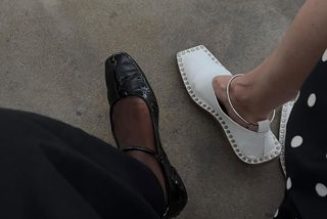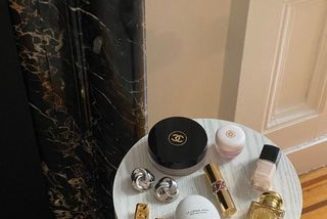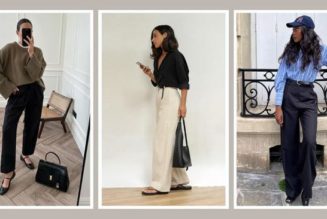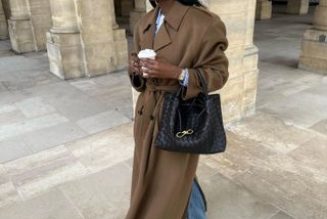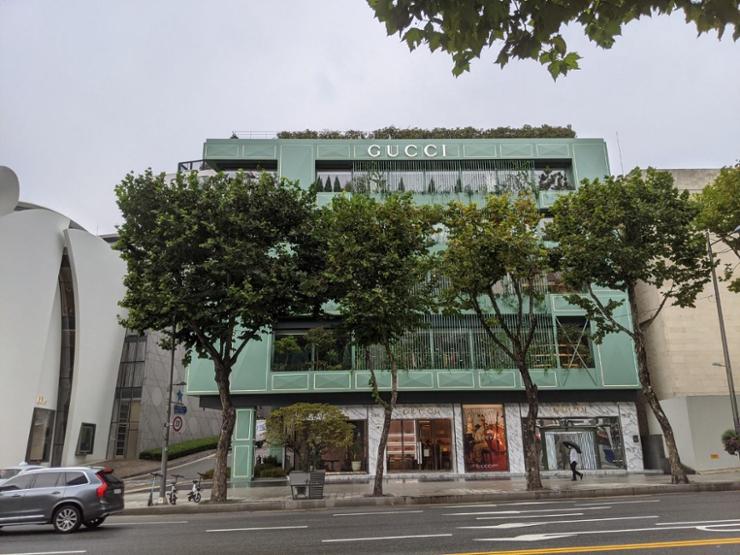
A Gucci flagship store located in the Cheongdam commercial neighborhood of southern Seoul / Courtesy of Cushman & Wakefield
Cheongdam-dong is a representative high-end commercial neighborhood in the affluent southern part of Seoul, featuring dozens of flagship stores of global luxury brands lined up along the main street, along with fine dining and upscale lounge bars in the surrounding area.
Cheongdam saw substantive growth during the pandemic era, when pent-up demand due to social distancing and quarantine rules transformed into a surge in conspicuous consumption, leading to a boom in the luxury goods market.
Despite a slight decline in the global annual revenues of the luxury market last year, the popularity of Cheongdam, a highly sought-after luxury street, will continue to thrive. This growth is mainly driven by the maturation of the luxury market in Korea and the exclusive appeal of the prestigious location, high-end retail market experts noted.
During a recent interview with The Korea Times, Kelly Nam and Daniel Song, directors overseeing tenant representation for retail services at Cushman & Wakefield in Seoul, explained why Cheongdam holds an irreplaceable niche among all commercial zones in Seoul and shared their expectations for its future.
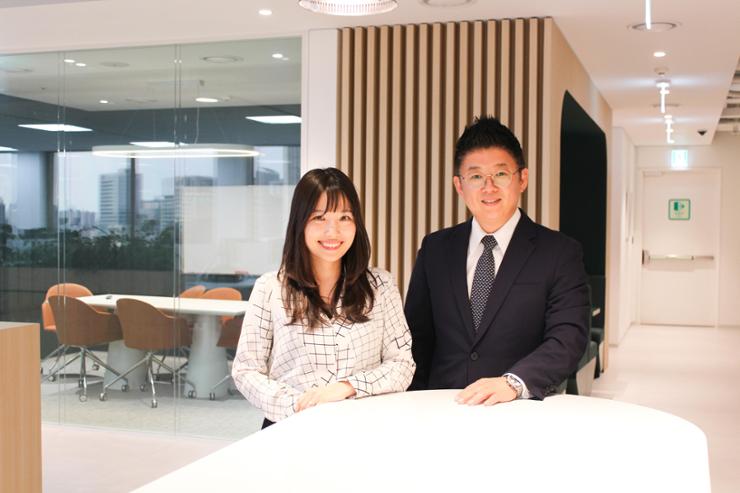
Directors of Tenant Representation of Retail Services Kelly Nam, left, and Daniel Song pose next to each other during an interview with The Korea Times at the headquarters of Cushman & Wakefield in central Seoul on May 27. Courtesy of Cushman & Wakefield
“The Cheongdam district has a unique history of being a home for high-end luxury items even before the late 1990s. The main street had been crowded with local high-fashion designers, before it became a sought-after destination by global luxury brands starting in the late 1990s. Since then, it has continually grown with more and more global high-fashion brands establishing a presence in the area, leading to explosive growth during the pandemic era,” Nam said.
“These high-end luxury brands need to maintain their prestige and value over the long-term perspective, often spanning over 20 years. Thus, they can’t afford to settle for unsuitable locations. This has led to a high demand for flagship stores in the Cheongdam district, a place where they can showcase their value in a stylish manner,” Nam highlighted.
“Personally, I feel that the luxury industry itself is entering a mature phase in Korea, with local customers showing increased demand for watches and jewelry,” she pointed out. This trend is evidenced by high-end global jewelry and watch brands, such as Van Cleef & Arpels and Tiffany & Co., recently opening their flagship stores or planning upcoming launches in Cheongdam.
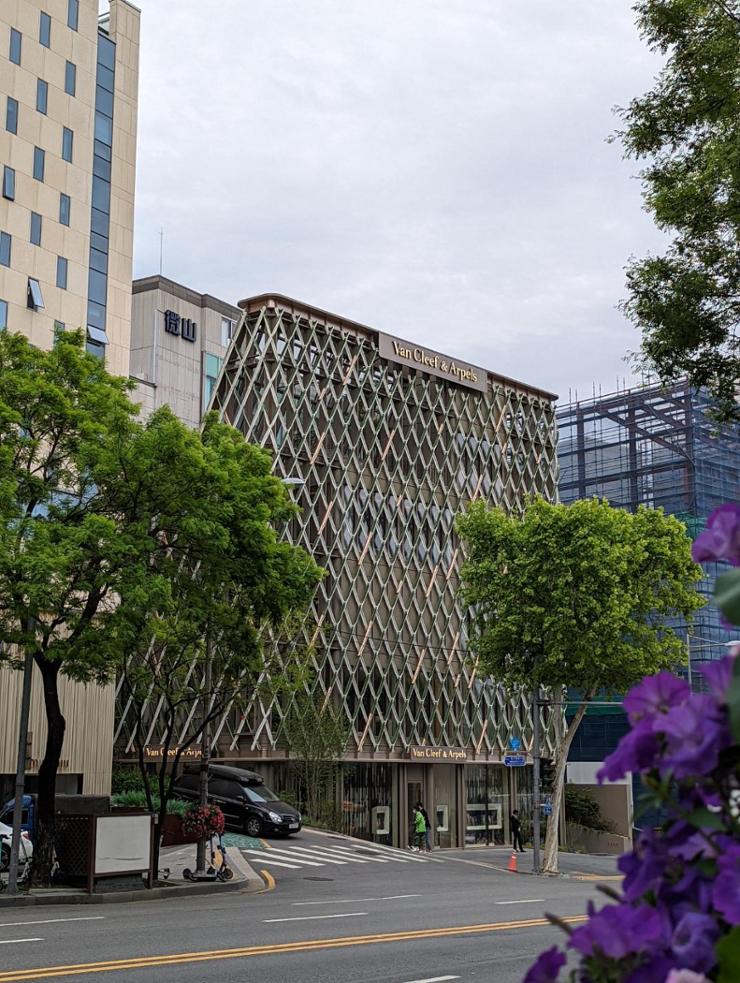
A flagship of Van Cleef & Arpels located in the Cheongdam commercial district in southern Seoul / Courtesy of Cushman & Wakefield
According to figures from Cushman & Wakefield, the luxury goods sector accounts for 39 percent of Cheongdam’s commercial area as of the first half of 2023, maintaining the top position with its share increasing 4.2 percent compared to the same period of 2022.
In comparison to the first half of 2019 — before the COVID-19 pandemic — the neighborhood’s total sales increased by 30.2 percent, marking the highest growth rate among Seoul’s six major commercial areas. These areas include Hongdae, Myeongdong, Gangnam, Hannam/Itaewon, Garosugil, and Cheongdam.
“When it comes to the district’s vacancy rate, the actual rate is less than five percent. Out of approximately 66 buildings located along the main road of the district, only two or three are currently vacant. And it’s not that they are vacant because of a lack of demand from tenants. Rather, there are many tenants who want to move in, but the landlords are strategically considering what to do with their spaces, so they haven’t yet rented the places out,” Song said.
He emphasized that the key luxury streets of Cheongdam will continue to face constraints in availability, as physical stores remain crucial for luxury retailers, serving as a vital platform for brand promotion.
What sets these global high-end brands apart is their pursuit of long-term real estate leases to solidify their brand identities in the Korean market. Opening a flagship store in this affluent commercial district requires thorough preparation spanning two to three years, with lease contracts typically extending for at least over 10 years.
Another noteworthy characteristic of luxury brands is their trend toward increasing store sizes to offer customers enticing experiences. These spaces can include art galleries, immersive innovative concepts, and hospitality services like cafes or restaurants.
“Ultimately, the future consumers are those in their 20s and 30s. While they may not be able to make significant purchases of luxury goods now, they will increasingly become a key demographic as their incomes rise. That’s why global brands are focusing on offering various experience-based services, incorporating food and beverage (F&B) services to engage with younger generations and create memorable experiences for them,” Nam explained.
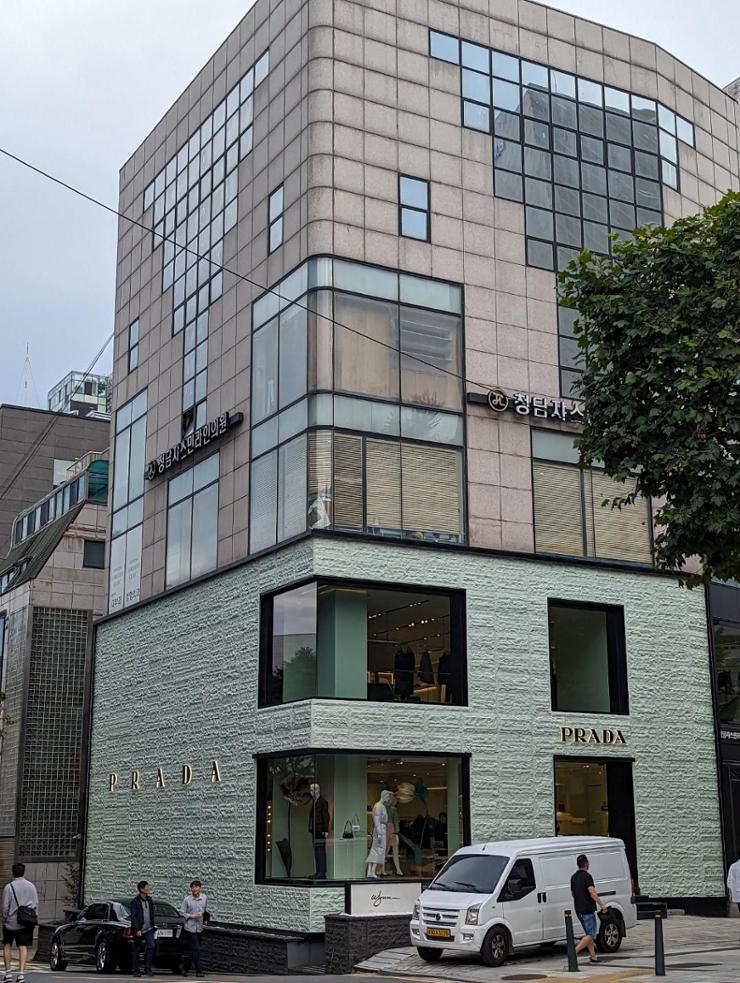
A Prada flagship store located in the Cheongdam commercial neighborhood of southern Seoul / Courtesy of Cushman & Wakefield
Both the long-term lease contracts by the global luxury brands as well as the trend of increasing store sizes have led the luxury streets in Cheongdam area to be remarkably resilient in terms of rental demand.
Moreover, an increasing number of luxury companies are considering investments in luxury retail real estate, either for their own use or as part of their investment portfolio.
Actually, Louis Vuitton Korea acquired a property worth 50.4 billion won ($36.6 million) in Cheongdam earlier this year. The property was previously owned by Maeil Holdings, the parent company of Maeil Dairies, covering 793 square meters. The property is not situated on the main road but on a side street of the high-end district, and Louis Vuitton Korea plans to construct a new building on this site to operate a restaurant.
Outlook for the future
Both real estate experts anticipate the Cheongdam district to maintain its unique status as Korea’s most highly sought-after luxury destination.
“I think we can’t argue about the strategic importance of Cheongdam in the commercial district. In Korean society, the region holds an irreplaceable status, representing high-end lifestyles and wealth. I don’t believe there’s a second or third district like Cheongdam that could replace its role within the country, although other districts can complement or support its role,” Song said.
“Considering the undeniable irreplaceability of Cheongdam, the area is expected to undergo further development in terms of density. Now that key buildings located on the highly coveted main streets are mostly filled, the streets on the inner side will become much more dense with luxury retailers filling the spaces, as such brands would want to expand their various services within the region,” he underscored.
Nam agreed with the outlook, adding that Cheongdam has shown a remarkable resilience in rental demand throughout the decades.
“In the late 2000s, media reports expressed concerns about increasing vacancy rates in the Cheongdam district. However, what is unknown to the media was that negotiations were actively underway during that period for lease contracts with global luxury brands in the area. This highlights the district’s unique characteristics. Global luxury brands operate on a long-term perspective that moves at their own pace, which can differ slightly from external economic trends,” Nam explained.
![[INTERVIEW] Glitzy Cheongdam area of Seoul endures as ultra-luxury district](https://www.wazupnaija.com/wp-content/uploads/2024/06/interview-glitzy-cheongdam-area-of-seoul-endures-as-ultra-luxury-district-1050x600.jpg)

